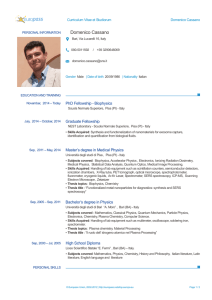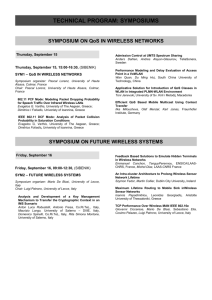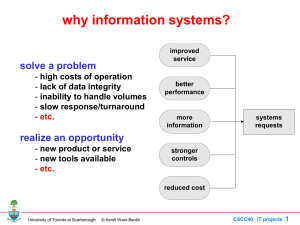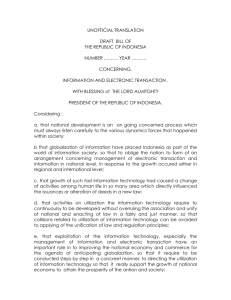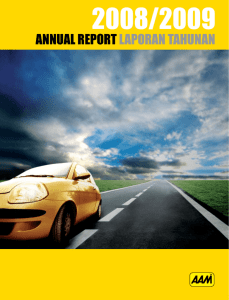ERC Advanced Grant
advertisement
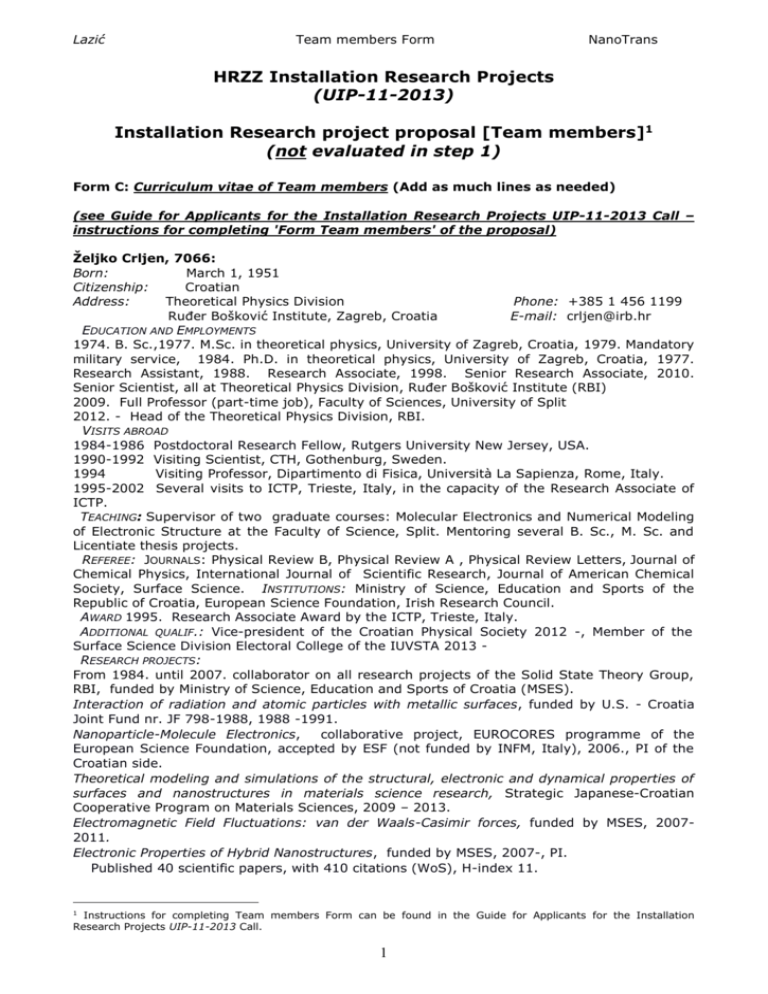
Lazić Team members Form NanoTrans HRZZ Installation Research Projects (UIP-11-2013) Installation Research project proposal [Team members]1 (not evaluated in step 1) Form C: Curriculum vitae of Team members (Add as much lines as needed) (see Guide for Applicants for the Installation Research Projects UIP-11-2013 Call – instructions for completing 'Form Team members' of the proposal) Željko Crljen, 7066: Born: March 1, 1951 Citizenship: Croatian Address: Theoretical Physics Division Phone: +385 1 456 1199 Ruđer Bošković Institute, Zagreb, Croatia E-mail: crljen@irb.hr EDUCATION AND EMPLOYMENTS 1974. B. Sc.,1977. M.Sc. in theoretical physics, University of Zagreb, Croatia, 1979. Mandatory military service, 1984. Ph.D. in theoretical physics, University of Zagreb, Croatia, 1977. Research Assistant, 1988. Research Associate, 1998. Senior Research Associate, 2010. Senior Scientist, all at Theoretical Physics Division, Ruđer Bošković Institute (RBI) 2009. Full Professor (part-time job), Faculty of Sciences, University of Split 2012. - Head of the Theoretical Physics Division, RBI. VISITS ABROAD 1984-1986 Postdoctoral Research Fellow, Rutgers University New Jersey, USA. 1990-1992 Visiting Scientist, CTH, Gothenburg, Sweden. 1994 Visiting Professor, Dipartimento di Fisica, Università La Sapienza, Rome, Italy. 1995-2002 Several visits to ICTP, Trieste, Italy, in the capacity of the Research Associate of ICTP. TEACHING: Supervisor of two graduate courses: Molecular Electronics and Numerical Modeling of Electronic Structure at the Faculty of Science, Split. Mentoring several B. Sc., M. Sc. and Licentiate thesis projects. REFEREE: JOURNALS: Physical Review B, Physical Review A , Physical Review Letters, Journal of Chemical Physics, International Journal of Scientific Research, Journal of American Chemical Society, Surface Science. INSTITUTIONS: Ministry of Science, Education and Sports of the Republic of Croatia, European Science Foundation, Irish Research Council. AWARD 1995. Research Associate Award by the ICTP, Trieste, Italy. ADDITIONAL QUALIF.: Vice-president of the Croatian Physical Society 2012 -, Member of the Surface Science Division Electoral College of the IUVSTA 2013 RESEARCH PROJECTS: From 1984. until 2007. collaborator on all research projects of the Solid State Theory Group, RBI, funded by Ministry of Science, Education and Sports of Croatia (MSES). Interaction of radiation and atomic particles with metallic surfaces, funded by U.S. - Croatia Joint Fund nr. JF 798-1988, 1988 -1991. Nanoparticle-Molecule Electronics, collaborative project, EUROCORES programme of the European Science Foundation, accepted by ESF (not funded by INFM, Italy), 2006., PI of the Croatian side. Theoretical modeling and simulations of the structural, electronic and dynamical properties of surfaces and nanostructures in materials science research, Strategic Japanese-Croatian Cooperative Program on Materials Sciences, 2009 – 2013. Electromagnetic Field Fluctuations: van der Waals-Casimir forces, funded by MSES, 20072011. Electronic Properties of Hybrid Nanostructures, funded by MSES, 2007-, PI. Published 40 scientific papers, with 410 citations (WoS), H-index 11. Instructions for completing Team members Form can be found in the Guide for Applicants for the Installation Research Projects UIP-11-2013 Call. 1 1 Lazić Team members Form NanoTrans Present research interests: Studies of clean surfaces, adsorbate covered surfaces and surface layers by ab initio methods based on density functional theory, calculations of the electronic structure and transport in hybrid nanosystems. The research subject of the project in progress, to be ended by December 2013., is the investigation of hybrid nanosystems consisted of several complementary and interacting line of research: modelling of the adsorbate-metal contacts, bonding between molecule and metallic nanoparticles and of the electron conduction through nanoparticle connected to metallic leads. That included detailed analyses of the molecular adsorption sites, electronic properties of the substrate surfaces and charging, including screening, as a function of bonding strengths in different contact geometries and transport regimes. The work has resulted with a number of papers in reputed journals giving a detailed knowledge of the electronic structure and properties of certain classes of molecules and hybrid nanostructures with a clue of their universal behaviour. The study of carbon chain was the first one to promote the polyyne structure with extraordinary transport properties into the nanoelectronic research. 2

